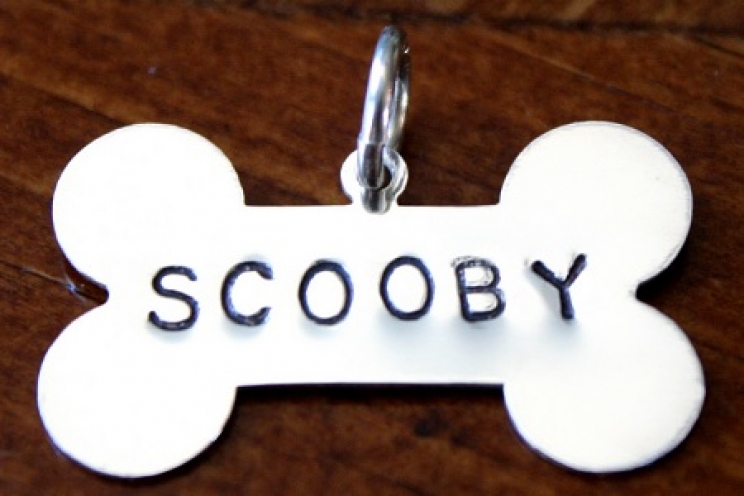When we are ready to adopt a new pet, we are always enthusiast about it. Amongst the preparation, one of the most exciting thing to do is certainly choosing the name for our pet. Not everyone is aware that the name should have some specific characteristics, especially if we want our friend to be able to associate it.
The most suitable name
In most cases, the name is chosen once the new friend has arrived in our house. Many of us prefer to rely on simplicity, recalling some aesthetic characteristics of the animal such as colour, personality or looks.
Others, however, find the sound of the name more interesting, drawing on history, cinematography and literature to choose what they prefer, as well as the world of music or comics.

Others, for example, find it fun and convenient to assign a "human" name to their friend, among “Carlo il Carlino” or Jack of Jack Russell.
Let's say that, regardless of the origin of the name of the newcomer, there are still criteria that must be taken into consideration. The name, in fact, should be rather simple and short, in order to help the animal understand when we are calling him. This means that the classic names such as Fuffi and Fido are not at all trivial, but designed to prevent the animal from getting confused.
Of course, the important thing is that the name of the animal is not too similar to those words that we will direct directly to him. To clarify this concept, lets think of the main commands, such as "stay", "come", "sit". If the dog was named “stray”, it would be difficult for him to understand if we are just calling him or asking him to execute the "stay" command.
So we can indulge ourselves as we prefer in choosing the name, as long as these few, simple indications are respected.
How to teach their names
Some of us wonder if there is a way to teach the animal its name and in fact there is. Dogs are able to recognize their name. There are dogs that, once they become adults, still do not understand what their name is, so it is very important to proceed efficiently since puppies, if we want to avoid this.
The name, in fact, is essential for each of us, even for our four-legged friends. If the dog or cat were to go away, how would we call him back without a name with which to attract his attention, making him understand that we are talking to him?
These are some methods to achieve this:
- Associate the name with something positive: whether it's a caress, a compliment or a snack, we give the dog or cat a reward every time they look at us when we say their name. Let's call them in a high pitched voice while they are distracted. If they turn to look at us, they will receive a prize;

-
Use the name often: whenever we have to talk to him, we always remember to get his attention first by calling him by his name, especially if we want him to execute commands. So we won't have to say "food is ready!" or "come!", but "Fuffi, food is ready!" or "Fido, come!". This will help him understand that we specifically talked to him, and make hum understand if we repeat that word so often, it probably has something to do with him;
-
Use the commands in association with the name: the commands must never be used alone, but always after the name. In fact, by pronouncing the name of the animal we will attract his attention, making it clear that he must listen to us, while the command is the action it must perform. Otherwise, we would generate some confusion in the animal and could begin to think his name is “sit”;
-
Nicknames and pet names: let's face it, our pet has a very long list of nicknames like "love" and "puppy" or "beautiful-heart-of-mommy". No one would ever forbid us from using nicknames and endorsements, with the exception of some situations. The "official" name of the animal must be a single one and we will need it to call him and to express commands. All possible variations, however, can be reserved for the most intimate moments, such as that of cuddling or playing;
-
Shorten long names: dogs and cats with long and high-sounding names, such as those with Pedigree, may not react when we call them. Moreover, it would also be inconvenient for us to pronounce it each time for example, "Ivan-the-terrible-thirty-second-come!". Therefore, we try to limit ourselves to the first name or by shortening a long one.
Once you have followed these tips, your new four-legged friend will be able to understand his name in no time.










